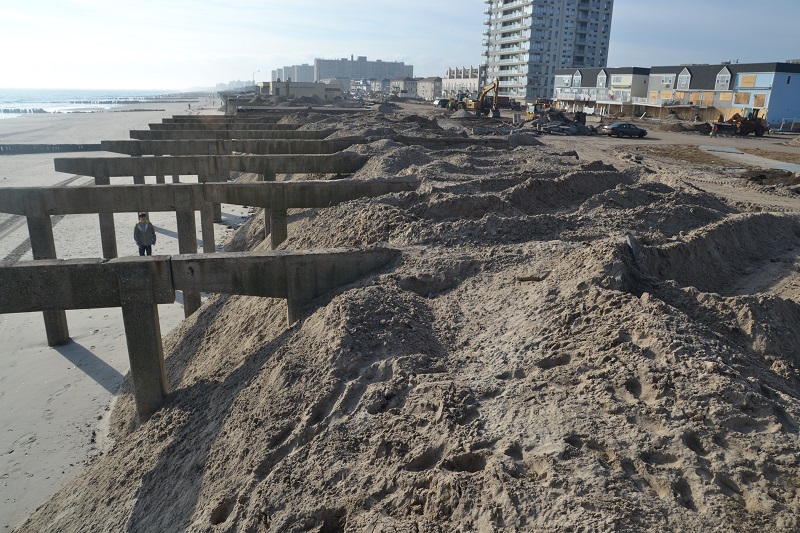
 OER Community311
OER Community311 Search all NYC.gov websites
Search all NYC.gov websites
Resiliency
Resiliency
Erosion of contaminated land in low-lying waterfront areas during severe storms can cause pollutants to be dispersed into surrounding communities, including environmental justice areas already overburdened with pollution. These risks will increase as destructive storms become more frequent and severe due to climate change. Remediation of vacant contaminated land in the coastal flood plain is the most important way to minimize these risks.This section contains OER initiatives to advance resiliency including:
- increased city grants for remediation of properties in the coastal flood zone,
- a best practices report on how to design and build more resilient buildings, and
- stricter soil cleanup standards for industrial properties in the coastal flood plain.



